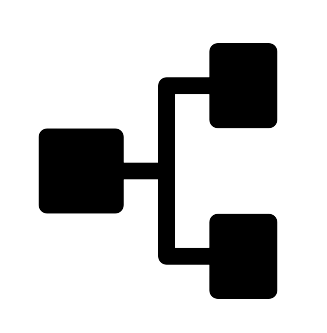Daniel Kahneman - Thinking, Fast and Slow Concept Map
Daniel Kahneman discusses System 1 and System 2 thinking, intuition, and cognitive biases. Prospect Theory, loss aversion, and the endowment effect are also explained. Additionally, the Cognitive Reflection Test is described as a tool to measure critical thinking. The key points emphasize the automatic nature of System 1, the effortful nature of System 2, the impact of intuition on decision-making, and the challenges of cognitive biases. Understanding these concepts can help individuals navigate their thought processes and improve decision-making skills in various aspects of life.
Summary
This video features Daniel Kahneman discussing System 1 and System 2 thinking modes. System 1 operates intuitively and automatically, while System 2 requires conscious effort. Kahneman explores intuition, emphasizing recognition and pattern matching over mysticism. System 1 can lead to biased intuitions through mechanisms like substitution, affecting decision-making. Subjective confidence doesn't always indicate accuracy, as System 1 can create coherent narratives with limited information. Advertising and politics often target System 1 for emotional influence. Educating System 2 can help override System 1 in appropriate situations. While System 1 and System 2 serve as a useful model, they don't directly correspond to distinct brain systems. System 1 encompasses both innate and skilled responses, challenging its classification as purely primitive. System 2 is fallible, and errors can occur in serious thinking. Overconfident experts are sought despite potential forecasting inaccuracies. Environmental cues like money can subconsciously influence behavior. Tests like the Cognitive Reflection Test can reveal differences in System 2 activation, but there's a lack of widely used tests for System 1 sophistication.
Key Takeaways
- Daniel Kahneman discusses System 1 (intuitive, automatic) and System 2 (effortful, deliberate) modes of thinking.
- System 1 operates quickly and effortlessly, while System 2 requires conscious effort and attention.
- Intuition is primarily a process of recognition and pattern matching, not magic.
- System 1 can generate biased intuitions through mechanisms like substitution.
- Subjective confidence does not always indicate accuracy, as System 1 can create coherent stories with limited information.
- Advertising and political messaging often target System 1 processes for emotional influence.
- Educating System 2 can help in recognizing when to override System 1.
- The distinction between System 1 and System 2 is a useful conceptual model.
- System 1 includes both innate and highly skilled responses, making it complex.
- System 2 is not error-proof, and serious mistakes can occur.
- Overconfident experts are often preferred, despite potential forecasting inaccuracies.
- Environmental cues like money can subconsciously influence behavior.
- Tests like the Cognitive Reflection Test can identify differences in System 2 activation, but there are no widely used tests for System 1 sophistication.
